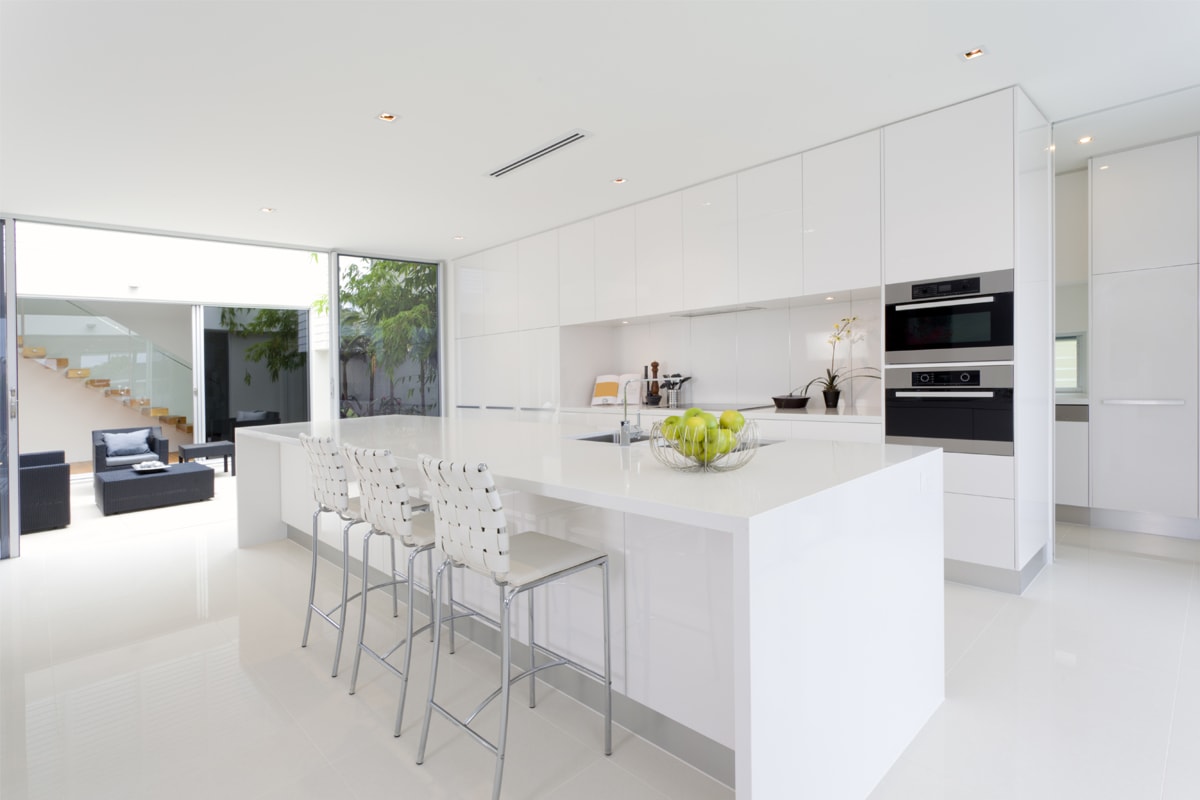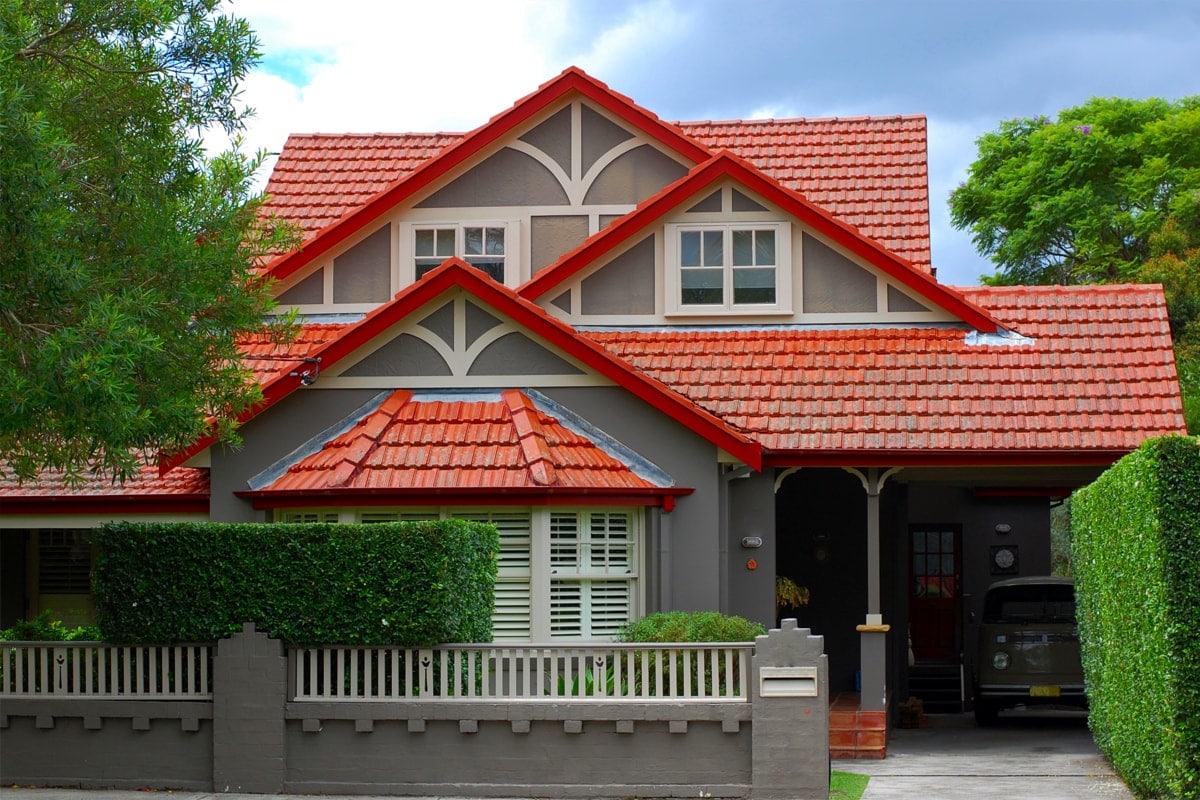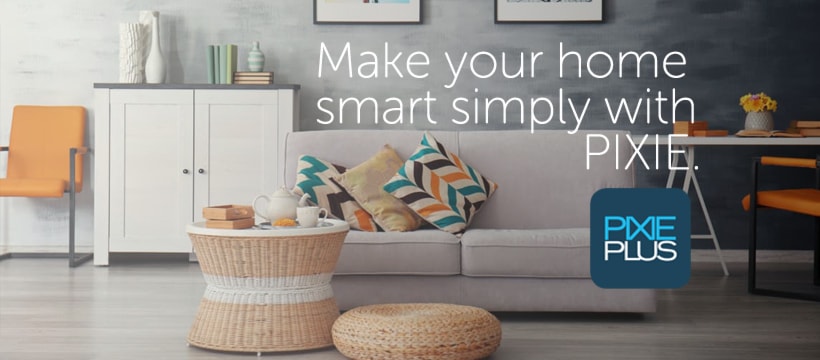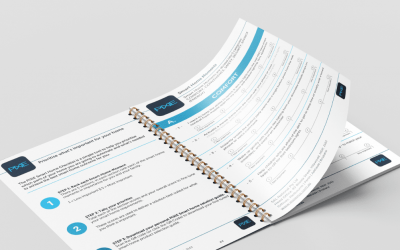Asking how much does it cost to make your home a smart home in Australia in 2021 seems like an easy question to ask and get answered.
Anywhere from a few hundred dollars up to hundreds-of-thousands of dollars is the answer - depending on what you want to achieve.
This large price range is a result of the quality and sophistication of the solutions being used and how long you want it to continue to operate in your home.
There are 3 main types of smart home approaches - each with its own pros and cons - covered below to help you make the right decision for you.
The 3 Smart Home Approaches to figure how much it costs to make your home a smart home.
- DIY or home brew - stuff you buy from big box departments stores, or online only retailer, ebay - often doesn't need to be installed by electricians and is made to a consumer quality level.
- Professional smart home system - typically wireless using technologies like Bluetooth® Mesh that reduces wiring time and costs and can be retrofitted into existing homes or used in new builds; typically setup using mobile Apps.
- High end smart home systems - All the bells and whistles with the price tag to go with it, specialised wiring and needing computers to commission systems
Voice control can be added to all 3 of these types of smart homes, so whilst very useful and convenient, only 1 small part of what make a home smart.
LOOKING FOR A COST EFFECTIVE SMART HOME SYSTEM DESIGNED FOR AUSTRALIAN HOMES?
CLICK THE IMAGE TO VISIT THE PIXIE PLUS WEBSITE.
DIY or Homebrew smart home setup - $25 - $1000
These products are consumer entry level products that are often plug and play.
This include items like smart light bulbs, smart sockets and smart power boards.
These are the types of products you can take with you when you move house and are ideal for renters to enjoy at least some of the benefits of a smart home.
Homebrew products are often consumer products too, that the users are going to modify themselves and potentially install themselves.
Think of these users akin to those who used to configure their own Hi-Fi system back in the day, assemble PC's or play with Raspberry Pi and visit places like Jaycar a lot.
The smart home hobbyist likes to learn by doing and enjoy customising their home with inexpensive smart home products to do interesting things.
Now is as good a time as any to mention the elephant in the room with DIY/Homebrew devices ... Installing electrical devices.
This really depends in which state you are in Australia, but installing anything electrical into your home beyond plugging something into power points - is best done and/or checked by a licensed electrician for peace of mind and to avoid any insurance claim issues from unauthorised works, in the event of an incident like a fire.
This is ideal for the tinkerers and smart home hobbyist who like to 'flash firmware' and run the smart home operating system from a spare PC.

Pros
- Cheap to buy cheap products
- No electrician needed - mostly
- Easy to start, easy to add more bits
For electrical safety, in-scope electrical equipment must not be sold unless the item is marked with the RCM in compliance with AS/NZS 4417.1 & 2 and the EESS
Cons
- Consumer quality only and a BITSA approach to smart home creation - a bit of this from the supplier and a bit of that from this supplier - making it hard to maintain or migrate to a new home owners easily.
- Zero or little support in Australia if something doesn't work - return it and get another one is what support looks like.
- Many products found on online auction sites like eBay are not authorised for sale in Australia, do not adhere to Australian Standards or carry the electrical standard mark (RCM) and are therefore potentially unsafe. Buyer beware.
LOOKING FOR A SMART HOME SYSTEM MADE FOR AUSTRALIAN HOMES?
Professional Smart Home Systems - $250 - $20,000
These smart home systems are typically sold with a complete range of branded products to control just about everything in your home from lights, blinds, fans, pool pumps,. garage doors, power points, appliances and just about everything that can be tuned on and off.
Smart home control will be offered from free mobile apps, wall plates - which often simply swap old light switches for new - smart remote controls and voice control is a common capability.
These systems will generally need to be installed by an electrician, can be fitted into existing homes or used in new homes just as easily and use a wireless approach to smart home using technologies like Bluetooth® Mesh and others.
Often homeowners are not aware of this range of smart home system as they are typically sold and marketed to the electricians directly, whereas the DIY or Home-brew style products are available on the shelf of Big Box retailers and online store.
Homeowners can of course purchase these products from electrical wholesale stockists themselves and provide them to their electrician to do the installation for them.
Some of the more advanced smart home systems in this group also provide the ability to mount an iPad to the wall for a central control screen if desired, and offer on-site (not cloud) integration with other systems in the home in addition to lighting .
This on-site integration capability is important to ensure the smart home is not always dependent on the internet being active for the smart home to operate.
Some of these integrations include:
- Blinds, curtain, awnings
- Garage doors
- Security systems
- Fans
Systems like PIXIE smart home also have a range of DIY products that can be added by the homeowner after the initial installation by the electrician to expand on the smart home's capabilities.
As most of these systems have voice control capability, as PIXIE does, making these system work with other home systems like Air Conditioning system is supported by using the voice control platforms for cloud integration and control.
Pros
- Australian Standards approved and, as they must be installed by an electrician, safely installed for peace of mind.
- A cohesive range of products deliver a seamless smart home operation and are engineered for longevity well beyond most consumer grade products.
- Easy to setup in a few minutes to a few hours and modification of the system by the homeowner is achieved without any external costs or ongoing support fees; also easy to transfer ownership to new home owners in the future.
- System can start small and be added to easily in the future without wiring changes.
Cons
- More time planning the system is needed with your electricians although, as they use existing wiring for the most part, adding or moving devices is easier (and cheaper) than high end smart home systems.
- Not all systems control all things in the home. The best systems in this category will be continually adding new products to their ranges.
- The Apps have a fixed look and feel, unlike high-end smart home systems which allow for more customisation with the Apps colours and design
(1) When buying a professional smart home system in Australia ensure your selected system has local support from a company that has been in business for a long time - not someone who has just started-up to try and cash in on a trend.
(2) Select a smart home system that provides you the most choices with wall plate , lights switch design and don't get locked into a look and feel that doesn't match your design and decor or that is not able to match your power points and your lights switches.
WARNING: Avoid smart home solution that lock you into using a particular light for example.
Your smart home systems should work with most lights available from wherever you buy them in Australia - not just 1 or 2 types only sold by the supplier of the smart home system.
Ensure you can maintain DIMMING control of your lights on the wall plates too.
Some less capable systems only allow you to dim from an App - which is equivalent to going back in time 50 years! Not a smart home.
Ask the question before you make a commitment - "Can I dim from the wall AND what lights does this work with?" .

High end smart home systems - $5,000 - $250,000
Most high end smart home systems started as commercial systems or have a product used in commercial spaces like offices, hospitality venues, hotels and alike.
Therefore they are manufactured to last a long time and have very specific requirements for wiring and programming the systems, hence their premium price point.
A lot of time and effort is needed to both plan the installation of these systems as well as undertaking the actual wiring and installation process which can be a considerable extra cost with these systems.
These high end smart home systems can do what the other systems can do and more - and typically require large racks of equipment or electrical distribution boards full of equipment and cabling to make them operate correctly, which they will do for a long time once installed.
The programming of these systems can take weeks or months and needs specialised commissioning agents with specialised software - which are often needed to revisit when any changes to the system are needed also.
A well design and programmed high end smart home can provide the next level of smart home integration with audio visual equipment and integration between a range of devices from all the different systems in the home like intercom.
Pros
- The sky's the limit for functionality.
- Modify the look and feel of the user interfaces on mobile devices and Apps to suit.
- With the high price comes an expectation of lengthy operation.
Cons
- High installation and equipment costs and mainly for new builds only.
- Programmers needed to make changes in the future at premium rates.
- Adding to the system or removing/replacing it in the future can be challenging/ expensive or impossible respectively
When asking the question how much does it cost to make your home a smart home in Australia, you now have a firm starting point to evaluate the system best for you.







[…] how much does it cost to make your home a smart home is such a common question we have answered with an article all of its own. Read it now […]